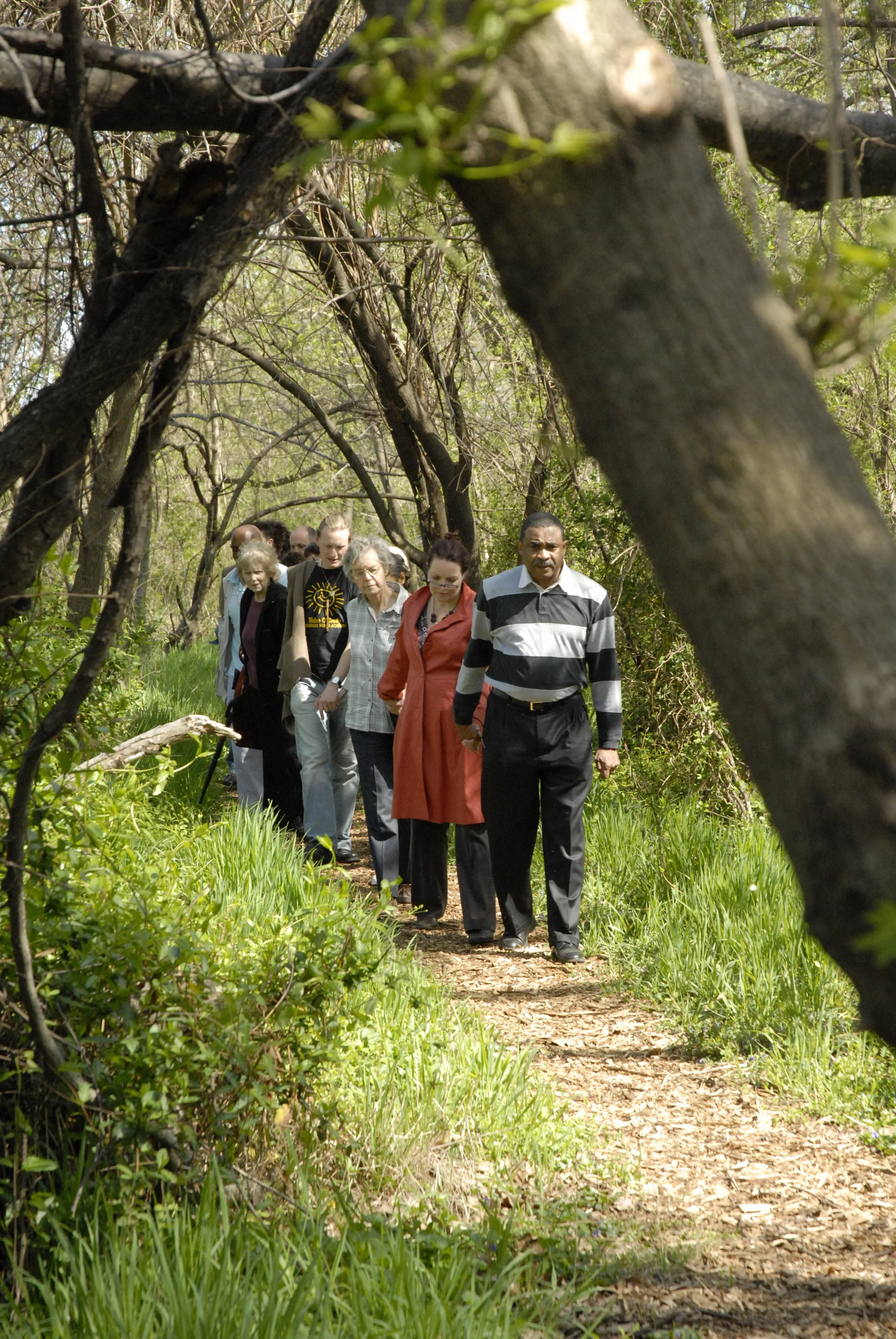REV. TEE TURNER
HOPE IN THE CITIES LEADER & THE CO-FOUNDING DIRECTOR OF THE RICHMOND NATIONAL SLAVERY MUSEUM FOUNDATION
“After ‘Healing the Heart of America’, we began to place signs on the heritage sites so they would be recognized from that day forward. In 1994, we began doing slave trail walks and we formed a commission called the Unity Walk Commission. Hope in the Cities was awarded three permanent seats because of the work we had done in bringing this history to the forefront. That transferred from the Unity Walk Commission to the Slave Trail Commission which began to not only lead walks but the ultimate goal was to build a museum. We improved the signage, we had 17 signs erected from Manchester Docks to the African Burial Grounds up to 14th & Broad where First African Baptist, the first Black church in Richmond was founded.
In 1999, president of Benin (Mathieu Kerekou) summoned individuals from around the world to come to Benin so that he could offer an apology for its role in the transatlantic slave trade. A part of that delegation was Rev. Dr. Paige Chargois who was working with Hope in the Cities. When she returned, she said we can’t just stop there. That’s when the Reconciliation Triangle was established between Liverpool, England, Benin and Richmond. So there are three statues in each of these locations and this became a symbol for the Reconciliation Triangle -the one in Richmond is located at 15th & Main. This also helped move this process forward. I went to Liverpool to receive the statue for the city of Richmond and this has always been a partnership between the city and Hope in the Cities. Once the statue was brought back to Richmond from Liverpool, we had an unveiling in March 2007 and there were five African ambassadors present, Governor Tim Kaine who was the first Southern governor to offer an apology for Virginia’s role spoke and 5,000 people were in attendance. These things were done to honor the history of those who came before us.
Then we did an archaeological dig at the Lumpkin’s Jail site and we found that it was authentic. In 2009, we brought in a consulting firm and they did a series of charrettes around the city for an inclusive set of folk – businessmen, community folk, Afrocentric folk, religious folk, students – and the community said they believed Richmond needed a museum which aligned with the original goal. With the city’s help, we were finally able to send out bids to build a museum. That request was won by the SmithGroup who has worked with the city and the Slave Trail Commission from the beginning.
We went through another series of charrettes and trainings that included over 500 people. After the conclusion of this process, once again a museum was decided by the community. Gov. McDonnell gave the first 10 million dollars to seed the development of this museum. He did that because we did a slave trail walk with him and it had real impact.
Finally the city has come on board in a way to say they are fully behind this.”
